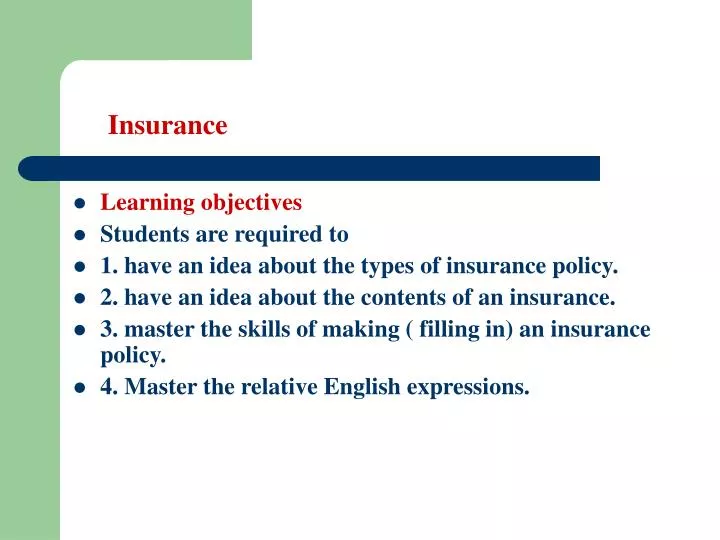Pacific Prime Fundamentals Explained
Pacific Prime Fundamentals Explained
Blog Article
The 10-Second Trick For Pacific Prime
Table of ContentsEverything about Pacific PrimeNot known Factual Statements About Pacific Prime Our Pacific Prime DiariesThe Of Pacific PrimeRumored Buzz on Pacific Prime

This is since the information were gathered for a duration of strong economic efficiency. Of the estimated 42 million individuals who were uninsured, just about about 420,000 (regarding 1 percent) were under 65 years old, the age at which most Americans end up being eligible for Medicare; 32 million were adults between ages 18 and 65, about 19 percent of all adults in this age team; and 10 million were youngsters under 18 years of age, about 13.9 percent of all kids (Mills, 2000).
These price quotes of the number of persons uninsured are generated from the annual March Supplement to the Existing Population Study (CPS), carried out by the Demographics Bureau. Unless or else noted, national price quotes of people without health insurance policy and proportions of the populace with different type of protection are based upon the CPS, the most commonly made use of resource of price quotes of insurance policy protection and uninsurance rates.
The Pacific Prime Diaries

Still, the CPS is particularly beneficial since it creates yearly quotes reasonably rapidly, reporting the previous year's insurance policy coverage approximates each September, and because it is the basis for a consistent set of estimates for more than twenty years, enabling analysis of trends in protection with time. For these factors, in addition to the extensive usage of the CPS in various other research studies of insurance protection that are provided in this record, we rely upon CPS quotes, with constraints noted.

The estimate of the variety of uninsured individuals broadens when a populace's insurance policy status is tracked for a number of years. Over a three-year duration starting early in 1993, 72 million people, 29 percent of the united state population, lacked insurance coverage for at the very least one month. Within a this hyperlink single year (1994 ), 53 million individuals experienced at least a month without coverage (Bennefield, 1998a)
6 out of every ten without insurance adults are themselves used. Although working does boost the probability that one and one's household participants will have insurance coverage, it is not a guarantee. Also members of family members with two full time wage earners have nearly a one-in-ten chance of being uninsured (9.1 percent without insurance rate) (Hoffman and Pohl, 2000).
Little Known Facts About Pacific Prime.
New immigrants account for a significant percentage of individuals without medical insurance. One evaluation has actually connected a substantial portion of the recent growth in the size of the U.S. uninsured population to immigrants who arrived in the country between 1994 and 1998 (Camarota and Edwards, 2000). Recent immigrants (those who concerned the United States within the previous 4 years) do have a high price of being without insurance (46 percent), yet they and their children account for simply 6 percent of those without insurance nationally (Holahan et al., 2001).
The relationship between medical insurance and access to care is well established, as recorded later on in this phase. The partnership between health insurance and wellness results is neither direct neither basic, a substantial scientific and health solutions research study literature links health insurance policy coverage to better access to care, better top quality, and enhanced individual and population wellness condition.
Levels of evaluation for checking out the impacts of uninsurance. This discussion of wellness insurance policy coverage concentrates mainly on the U.S. populace under age 65 because practically all Americans 65 and older have Medicare or other public coverage. In addition, it concentrates especially on those without any kind of health insurance coverage for any kind of length of time.
The Definitive Guide for Pacific Prime
The problems faced by the underinsured are in some respects similar to those faced by the without insurance, although they are normally less severe. Wellness insurance coverage, nevertheless, is neither essential nor enough to acquire access to clinical solutions. The independent and straight impact of health insurance policy protection on accessibility to health and wellness services is well developed.
Others will get the health and wellness treatment they need also without medical insurance, by spending for it expense or seeking it from carriers who supply care complimentary or at highly subsidized prices. For still others, wellness insurance coverage alone does not ensure receipt of treatment due to various other nonfinancial barriers, such as an absence of healthcare suppliers in their community, minimal access to transport, illiteracy, or etymological and cultural distinctions.
Fascination About Pacific Prime
Formal research about uninsured populations in the United States dates to the late 1920s and early 1930s when the Committee on the Cost of Treatment produced a series of reports about financing physician workplace check outs and hospital stays. This problem ended up being prominent as the numbers of medically indigent climbed throughout the Great Clinical depression.
Report this page